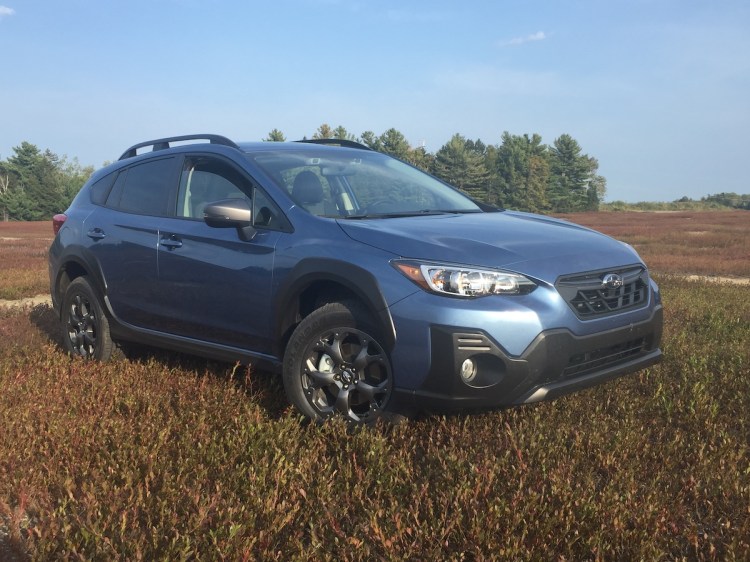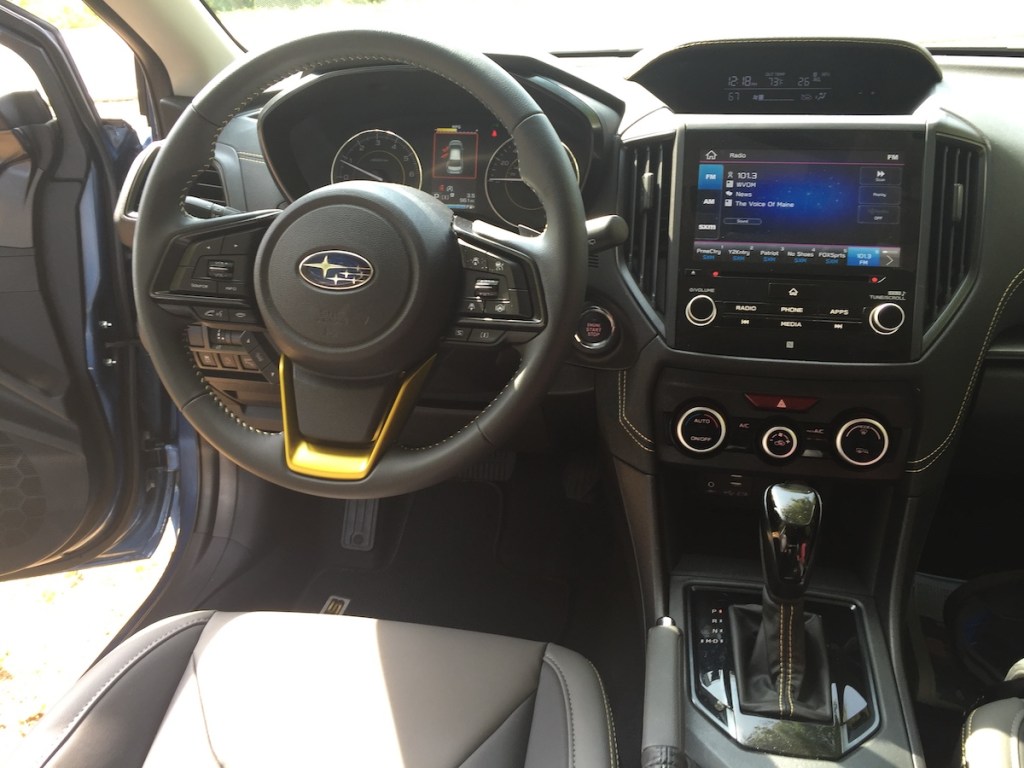It was 1968 and numerous entrepreneurs were chasing the dream of finding, and selling, the next VW Beetle to American consumers anxious to drive something different. Malcolm Bricklin and Harvey Lamm teamed up with Fuji Heavy Industries of Japan to import some oddly styled sub-compact cars. They were inexpensive—and built to stay that way.
Today, Subaru is the number eight selling automotive brand in America, enjoying 11 straight years of sales increases and retailing over 700,000 new cars here last year. It is an impressive run of success, especially compared against the sales lows of the early 1990’s when the brand barely sold 100,000 cars some years.
Three milestones changed Subaru’s future. The adoption of AWD, on every model, gave the brand a very distinct marketing angle that no one else had at the time. Then, in 1996, the first Outback wagon debuted—leading to rapid sales jumps. In 2009, new versions of the Forester and Outback debuted during the end of the recession, just as crossovers really started to take off. Subaru, poised with fuel-efficient wagons equipped with AWD and comfortable cabins, saw record sales expansion.
Once a snowbelt-special, stealing customers from VW, Volvo, Honda, and others, Subaru now sells 25% of its cars in the southern states that rarely, if ever, see snow. The maturation of the brand is a case-study of how to organically grow an auto company in one of the most competitive markets in the business.
The 2021 Crosstrek—the brand’s number three selling product last year, with over 130,000 units sold—gains a new Sport edition that embraces some subtle styling revisions, while addressing one of the model’s big gripes. For the first nine years of Crosstrek, it came only with a 2.0-liter flat-four engine making 148-hp, or, 152-hp in hybrid trim. Now, Crosstrek Sport buyers can also have the same 182-hp 2.5-liter flat-four engine used in Forester, Outback and Legacy models.
EPA fuel economy numbers only dip one mile per gallon with the larger engine; 27/34/29-mpg, while the more-spirited responses from throttle requests are immensely more satisfying. Sport buyers gain some more cladding around the wheelwells, a different front fascia, special 17-inch wheels, plus two-tone Star-Tex upholstery inside—all starting at $26,495. Throw in a sunroof, blind-spot and rear-cross traffic detection, and larger 8’ Starlink screen for $1600 and the quicker Crosstrek exudes not only more performance, but also more interior comfort and capabilities.
Sport models (plus the top Limited with the 2.5-liter engine) come only with the CVT-automatic, while other Crosstrek editions can still get a manual gearbox. Si-drive performance system plus Subaru’s EyeSight drive technology are standard—all to complement the symmetrical AWD, now featuring additional torque vectoring engineered into the traction aid.
The cabin affords good visibility and a practical helm station. The manual front seats offer heating, plus the driver info panel is programmable. Stalks, buttons, climate dials, as well as two knobs on the radio, reflect consumer’s desires for sensible operation over flashy innovation that doesn’t improve vehicle operation. While the hard side of the console juts into space that my right leg would like to occupy, the rest of the space is well-suited to constant use.
With one large assembly plant in Lafayette, Indiana, plus a joint venture with Toyota for more production, Subaru is late to the technology game as well as hybrids and EV’s. The Toyota link will help the latter, while EyeSight has helped the brand up its driver-assist game. The technology changes so fast, all makers will be challenged to stay abreast of not only hardware, but software upgrades necessary to keep models fresh.
This is also evident with navigation systems, audio systems, plus the various nuances of electronic driving aids. With smart (dumb?) Apple/Android phones able to handle your own music/entertainment supply as well as any directional challenges—all allowing ‘Big Brother’ to gain more access to all of your habits, travel, and data—consumers must be mindful of what their car tells others about their life. Given the often broken reception experienced with XM radio, plus the hyper-active lane-warning program sampled here, some buyers might find these ‘aids’ tiring over time, resorting to ignoring what help they should provide.
Visually, the Crosstrek tells others that you like the adventurous spirit of the compact Subaru, and recognize the excellent value of a small, efficient crossover. Without apology, the new Sport ups the ante in the class with enhanced performance. There is no denying how far Subaru has come—and how far it may still go.
Send questions/comments to the editors.





Comments are no longer available on this story